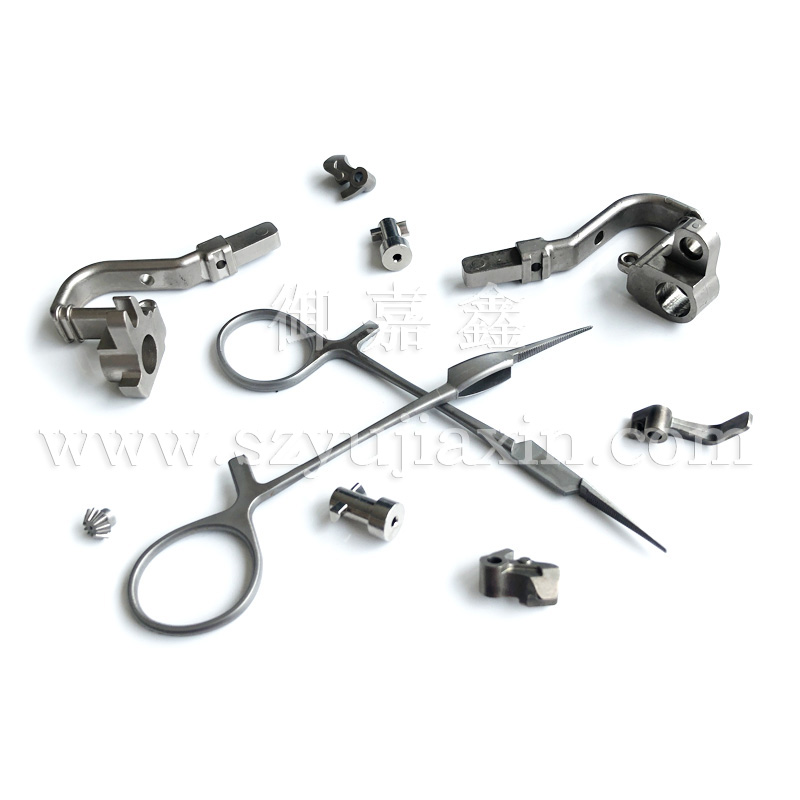
In the past, in the traditional processing technology, individual components were first made and then combined into components. When using MIM technology, it can be considered to be integrated into a complete single part, which greatly reduces the steps and simplifies the processing procedure. Compared with other metal processing methods, MIM has high dimensional accuracy and no secondary processing or a small amount of finishing is required.
The injection molding process can directly form thin-walled and complex structural parts. The shape of the product is close to the requirements of the final product. The dimensional tolerance of the parts is generally maintained at about ±0.1~±0.3, especially for reducing the processing cost of hard alloys that are difficult to machine. The processing loss of precious metals is of particular importance.
The product has uniform microstructure, high density and good performance. During the pressing process, due to the friction between the mold wall and the powder and between the powder and the powder, the pressure distribution of the pressing is uneven, which leads to the uneven microstructure of the pressed blank This will cause the compacted powder metallurgy parts to shrink unevenly during the sintering process, so the sintering temperature has to be lowered to reduce this effect, so that the product has large porosity, poor material compactness, and low density, which seriously affects the mechanical properties of the product.
On the contrary, the injection molding process is a fluid molding process. The presence of the adhesive ensures the uniform distribution of the powder, which can eliminate the uneven microstructure of the blank, and then the density of the sintered product can reach the theoretical density of its material. Under normal circumstances, the density of the pressed product can only reach 85% of the theoretical density. The high density of the product can increase the strength, strengthen the toughness, improve the ductility, electrical and thermal conductivity, and improve the magnetic properties.
High efficiency, easy to achieve mass and large-scale production of metal molds used in MIM technology, and its life span is equivalent to that of engineering plastic injection molding tools. Due to the use of metal molds, MIM is suitable for mass production of parts. Because the injection molding machine is used to form the product blank, the production efficiency is greatly improved, the production cost is reduced, and the consistency and repeatability of the injection molded product are good, thereby providing a guarantee for large-scale and large-scale industrial production.
It has a wide range of applicable materials and wide application fields. The materials that can be used for injection molding are very wide. In principle, any powder material that can be cast at high temperature can be manufactured into parts by the MIM process, including difficult-to-process materials and high melting point materials in traditional manufacturing processes. In addition, MIM can also conduct material formulation research according to user requirements, manufacture alloy materials in any combination, and shape composite materials into parts. The application fields of injection molded products have spread across all fields of the national economy and have broad market prospects. 5. Improved performance. The MIM process adopts micron-level fine powder, which can accelerate the sintering shrinkage, help improve the mechanical properties of the material, extend the fatigue life of the material, and improve the resistance, stress corrosion resistance and magnetic properties.